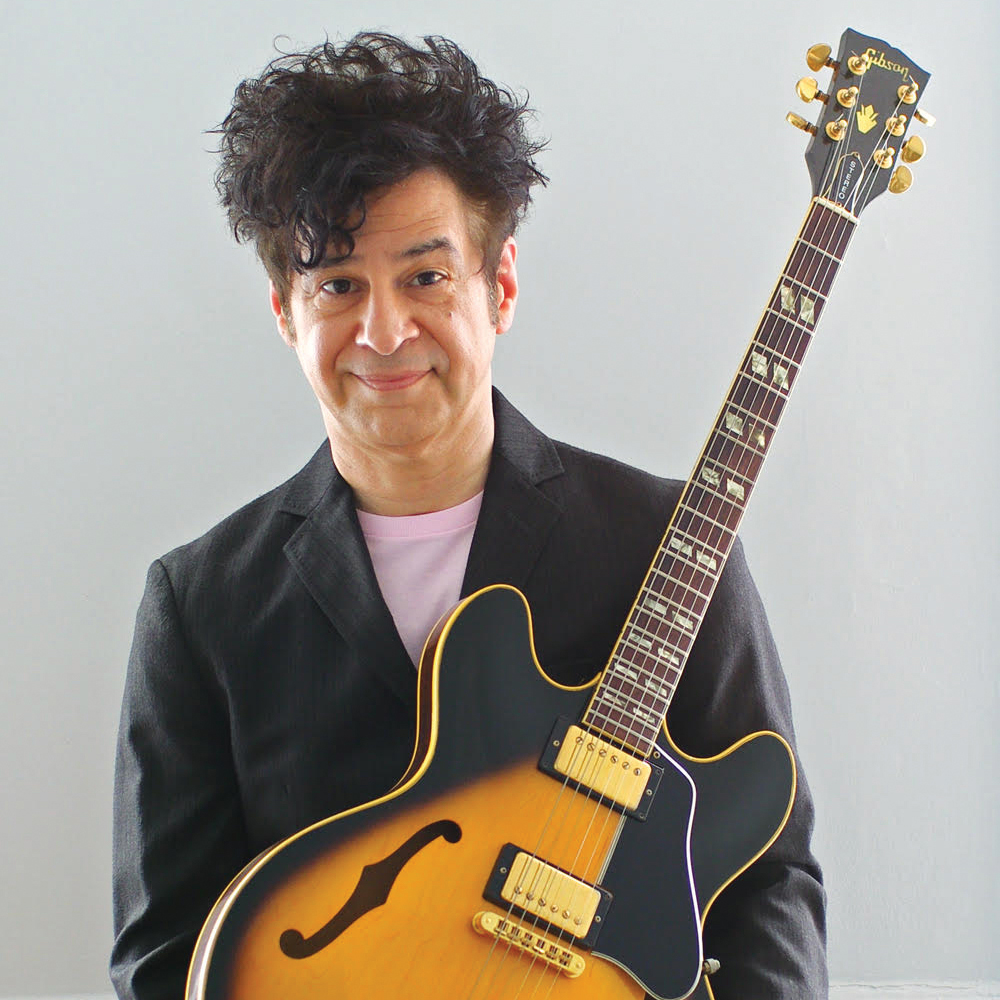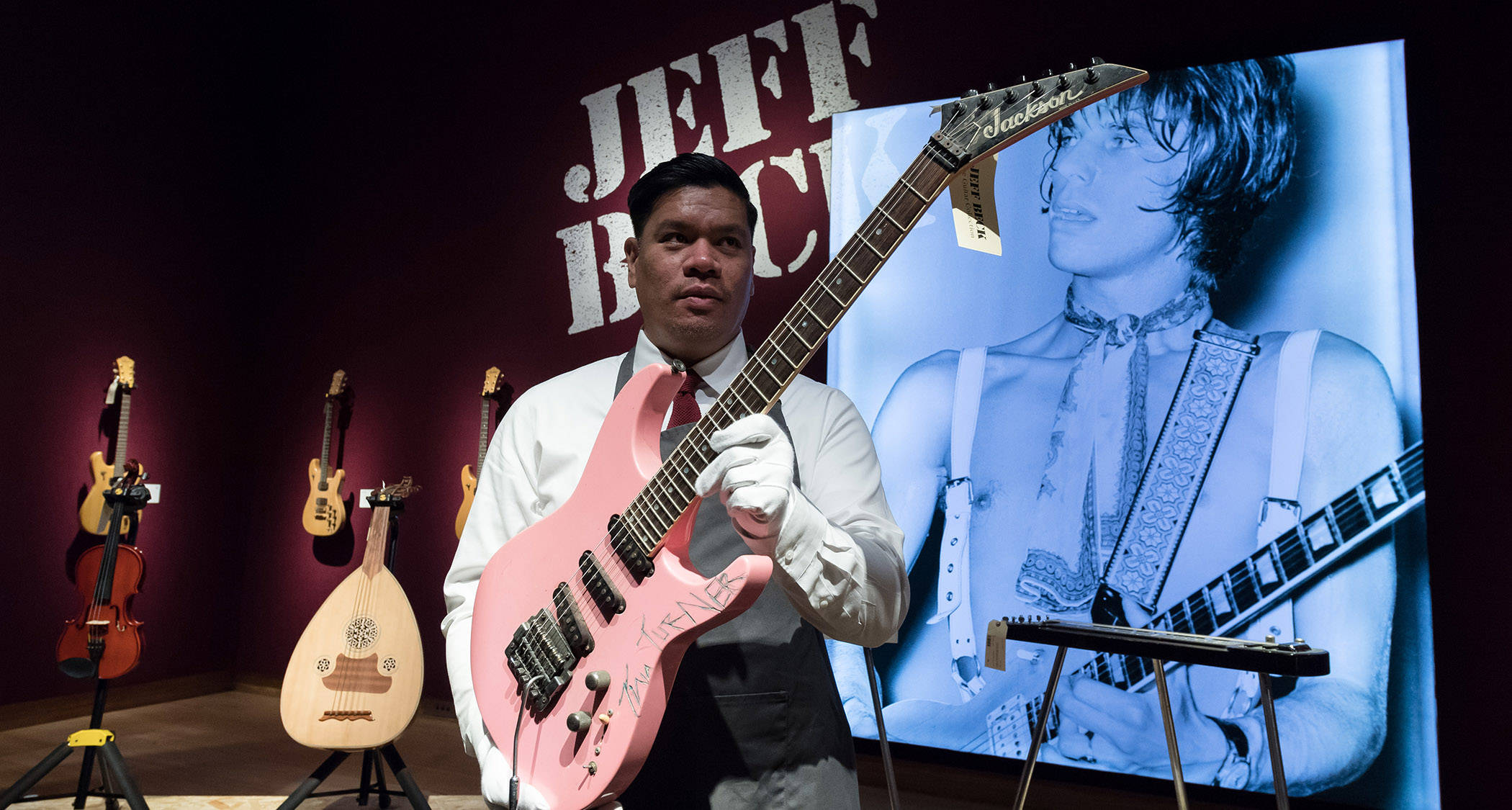The Beatles' 50 greatest guitar songs
Charting George Harrison, John Lennon and Paul McCartney's very best six-string moments from the Fab Four's sprawling catalog
20. Good Morning Good Morning
Album: Sgt. Pepper’s Lonely Hearts Club Band (1967)
Let’s face it: there aren’t many ferocious, brash and screaming guitar solos in the Beatles’ catalog. That said, Paul McCartney’s razor-sharp solo on Good Morning Good Morning is all that and a bag of chips.
The 13-second-long treble fest, played on a Fender Esquire through a Selmer amp, features a strong East Indian vibe, perhaps a nod to George Harrison’s burgeoning fascination with Indian religion and music.
Like its stylistic predecessor, McCartney’s Taxman guitar solo (see entry 3), Good Morning Good Morning incorporates open-string drone notes and rapid-fire descending hammer-pull slides, mostly along one string, in this case, the B string.
19. I Need You
Album: Help! (1965)
By 1965, the Beatles were making noticeable strides in their arrangements and instrumentation. A prime example is I Need You, one of two George Harrison compositions to appear on Help!
The recording represents Harrison’s first use of a volume pedal. The guitar’s dramatic, almost pedal-steel-like volume swells – which frame Harrison’s curt, suspended chords – only add to the song’s wistful lyrical content.
All the latest guitar news, interviews, lessons, reviews, deals and more, direct to your inbox!
The volume pedal was a step up for the band; the guitar swells heard on Baby’s in Black, which was tracked the previous summer, were the result of John Lennon turning the volume knob on Harrison’s 1963 Gretsch Tennessean as Harrison played it.
18. You Can't Do That
Album: A Hard Day’s Night (1964)
On February 25, 1964, the Beatles entered the studio with an exciting new piece of gear: a Fireglo 1963 Rickenbacker 360/12. George Harrison had received the guitar only 17 days earlier when the band was in New York shooting its initial Ed Sullivan Show appearance.
The song’s chiming intro riff, with its middle-finger hammer-ons from a minor third to a major third within the chord, offered a taste of what lay ahead for the guitar, which would see heavy action onstage and in the studio through 1965. John Lennon performed the guitar solo on his new Jetglo 1964 Rickenbacker.
17. Let It Be
Album: Let It Be (1970)
As Beatles obsessives know, there are three versions of George Harrison’s solo for this track: the original, recorded in January 1969 with his rosewood Telecaster (available on 2003’s Let It Be… Naked); the second, recorded the following April with his Tele through a Leslie rotary speaker (released on the single Let It Be in 1970); and a third version recorded in January 1970 using his “Lucy” Gibson Les Paul through a Tone Bender (released on Let It Be).
Nice as the first two are, they have nothing on the third, a blistering performance that raises the song’s drama to a higher level of emotion.
16. All My Loving
Album: With the Beatles (1963)
For this pop song’s thumping, quasi–jump blues, rockabilly-style groove, Harrison crafted a convincingly authentic Chet Atkins/Carl Perkins–like solo break that clearly demonstrates his familiarity with that '50s Nashville style of electric guitar soloing.
Employing hybrid picking (pick-and-fingers technique), the guitarist acknowledges and gravitates toward the underlying chords in his melodic phrases, employing country-style “walk-ups” and “walk-downs” and plucking double-stops (pairs of notes) to sweetly and effectively outline the chord changes with a pleasing thematic continuity.
Lennon contributed an energetic rhythm guitar part, one that he later expressed being rather proud of, which propels the groove with tireless waves of triplet chord strums, similar to those heard in the Crystals’ song Da Doo Ron Ron.
15. Ticket to Ride
Album: Help! (1965)
This proto-heavy-metal track was the first Beatles recording to feature McCartney on lead guitar and the last on which George Harrison used his Rickenbacker 12-string.
McCartney plays the note-bending fills at the end of the bridges and on the outro, while Harrison plays the song’s arpeggiated riff and Lennon handles rhythm guitar. But the heaviest part might just be the droning open-string A notes that Harrison overdubbed on the verses, suggestive of the classical Indian music he would begin to explore later that year.
14. Dig a Pony
Album: Let It Be (1970)
The song’s driving, bluesy riff is as durable as any that Muddy Waters ever wrote, but the 1969 recording is also notable for Harrison’s smoky guitar work on his rosewood Telecaster – from the double-stop licks on the verses to his confident and impeccably developed solo.
You can hear Harrison’s signature style beginning to develop here, with the smoothness of his lines pointing toward the fluid slide style he would develop over the following year. His guitar tone is also very similar to that of Octopus’s Garden (see entry 22) recorded later that year, for which he may have also used the rosewood Tele.
13. Nowhere Man
Album: Rubber Soul (1965)
According to Harrison, he and Lennon perform the song’s bright, chiming solo together in unison, using their matching Sonic Blue Fender Stratocasters. Lennon also revealed to guitarist Earl Slick, during the making of Lennon’s 1980 album Double Fantasy, that the solo was recorded through a pair of small amps with a single microphone positioned between them.
The Strats’ trebly nature was further accentuated on Nowhere Man by boosting the high frequencies via the mixing console. “We wanted very trebly guitars,” McCartney says. “They’re among the most trebly guitars I’ve ever heard on record.”
12. I Feel Fine
Album: 1962–1966 (1973)
Audio feedback was just an annoying electronic phenomenon until the Beatles used it as an attention-getting way to start I Feel Fine. The song itself is a rather standard riff rocker inspired by Bobby Parker’s 1961 R&B hit, Watch Your Step, but its distinctive intro came about by accident when McCartney played a low A note on his bass as Lennon was leaning his Gibson J-160E acoustic-electric against his amp.
The note set Lennon’s guitar vibrating, and its proximity to the amp caused the sound to feed back. “We went, ‘What’s that? Voodoo!’ ” McCartney recalls. Yes, that too.
11. Blackbird
Album: The Beatles (1968)
McCartney recorded this beautiful song’s gentle, fingerstyle acoustic accompaniment on his Martin D-28. He creates an elegant, classical-guitar-style chord movement by using two-finger chord shapes exclusively, most of which form 10th intervals on the A and B strings, in conjunction with the open G-string note, which he picks in opposition to the chord shapes and employs as a droning common tone.
His unique fingerpicking technique relies largely on his thumb, which he uses to pick bass notes, and index finger, which he uses for pretty much everything else, employing brushed downstrokes and upstrokes and often brushing across two or more strings.
This often results in notes that are “ghosted,” or barely articulated, a “flaw” that is a testament to his innate musicality – McCartney’s touch is charming and greatly contributes to the overall feel of the song.
Christopher Scapelliti is editor-in-chief of Guitar Player magazine, the world’s longest-running guitar magazine, founded in 1967. In his extensive career, he has authored in-depth interviews with such guitarists as Pete Townshend, Slash, Billy Corgan, Jack White, Elvis Costello and Todd Rundgren, and audio professionals including Beatles engineers Geoff Emerick and Ken Scott. He is the co-author of Guitar Aficionado: The Collections: The Most Famous, Rare, and Valuable Guitars in the World, a founding editor of Guitar Aficionado magazine, and a former editor with Guitar World, Guitar for the Practicing Musician and Maximum Guitar. Apart from guitars, he maintains a collection of more than 30 vintage analog synthesizers.

